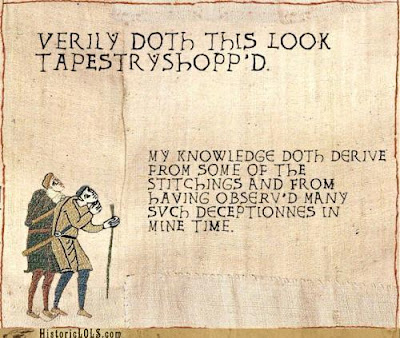
One of the unique mission-sets of the completed replica of USS HORNET will be the integration of deaf participants, and possibly programs geared exclusively to the deaf. I say possibly because one of my core beliefs is that everyone benefits from diversity. No, not that kind - not forced or mandated diversity, but the opportunities that present themselves when you allow the natural elements to fall as they may. Case in point, when we open HORNET programming to the public, we are bound to have deaf participants. The entire crew of professionals and participants benefit from having a deaf person onboard, if only because they might not interact with a deaf person on a regular basis, and doing so adds educational value and breaks that communication bubble, if even only a little bit.
I will discuss my policies on diversity in another entry. For now, back on the topic of deaf participants.
I've not known many deaf people myself, but when I met Chelsea Lew, a volunteer financial analyst on our staff, I could instantly recognize that the term "disabled" did not apply. I don't want to use the term "handi-capable" because it's a bit lame. But case in point, Chelsea can speak well, read lips at an astonishing pace, and is brilliant to boot. The thought crossed my mind - what if I had written her off because she was deaf? Aside from being an ass, I would have missed out on harnessing her talents and energy - of which there are plenty.
But as much as Chelsea would undoubtedly love for me to continue ranting about her talents - this isn't about her. Well, not really. Start with the basics -
how many deaf people are there in this country?
- About 2 to 4 of every 1,000 people in the United States are "functionally deaf," though more than half became deaf relatively late in life; fewer than 1 out of every 1,000 people in the United States became deaf before 18 years of age.
- However, if people with a severe hearing impairment are included with those who are deaf, then the number is 4 to 10 times higher. That is, anywhere from 9 to 22 out of every 1,000 people have a severe hearing impairment or are deaf.
That means the chances of the average person interacting with or knowing a deaf person are pretty good. Consequently, the chance of having deaf participants is also pretty high.
Add - impetus!
There is one more great reason that we should make a point of extending HORNET's programming to include the deaf - and you may be amazed to find that it comes from a historical source. In the 19th century, the mark of an efficient crew aboard a US Navy sailing ship is that they executed maneuvers in
silence. The idea was that leaders of various groups of sailors could then hear commands, and communicate these to the other Sailors through action or hand-signals, thus preventing a caucophony of shouted commands and calls around the ship. Know your job, know the job of the person next to you, observe their actions, and conduct yours accordingly. The concept is simplicity itself. From
Seamanship by Stephen B. Luce:
Officers of every rank are expected, when at quarters, when performing the duties of the ship, or when at their different stations, to preserve silence among the men, and see that the orders from the quarter-deck are executed with celerity, and without noise and confusion.
So if HORNET's crew is trained to that historic standard, why should it not be relatively easy to integrate the deaf into regular programming? Ensure a few of our crewmembers - and possibly all, later on - are fluent in ASL, and there you have it. Teach, explain, demonstrate, do.
More about HORNET's programming plans later on.
NNNN















